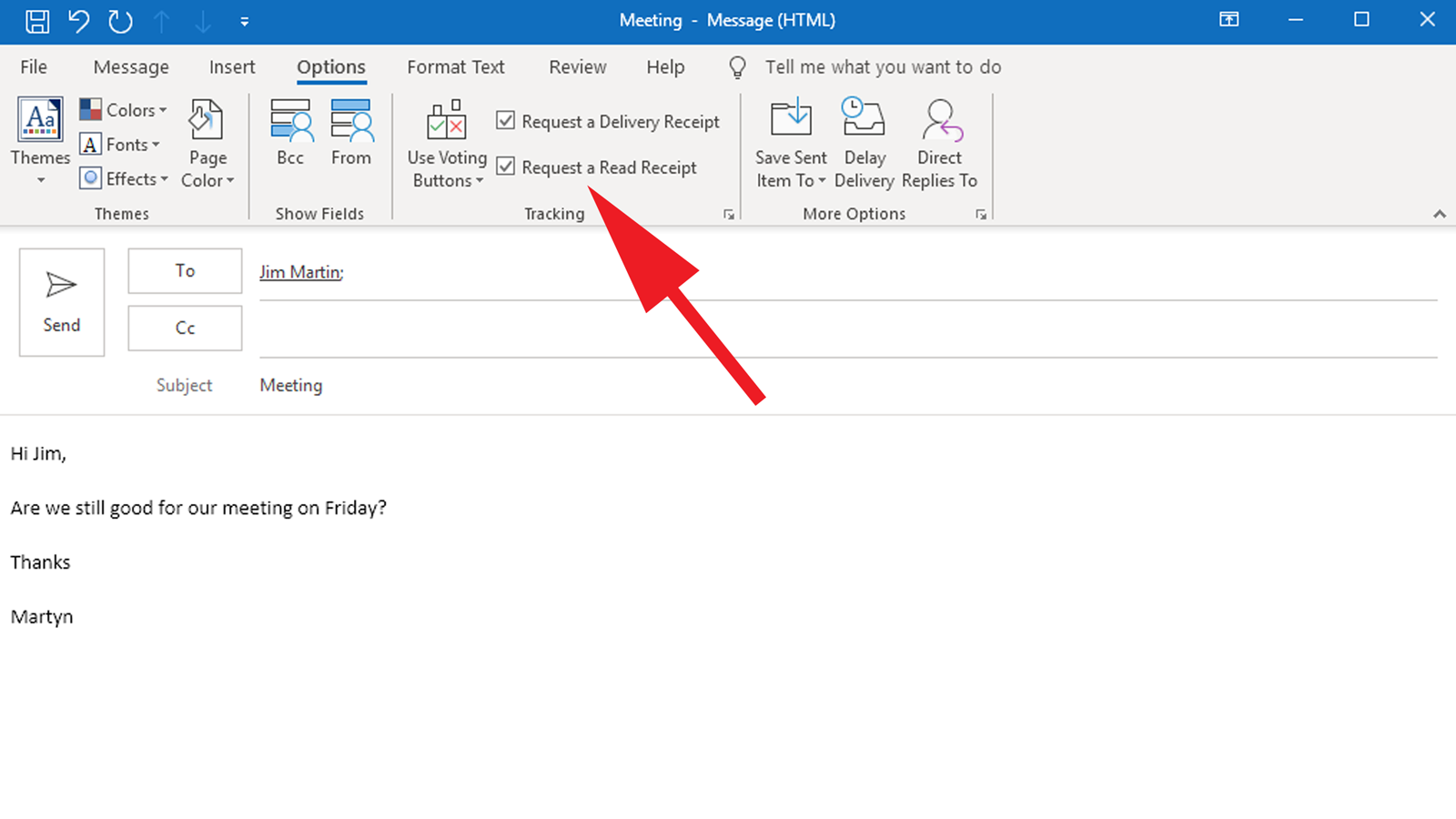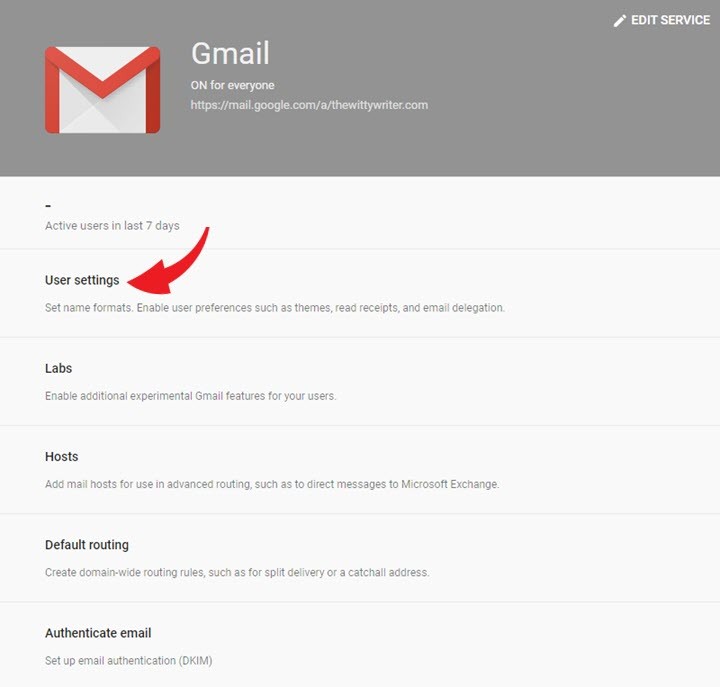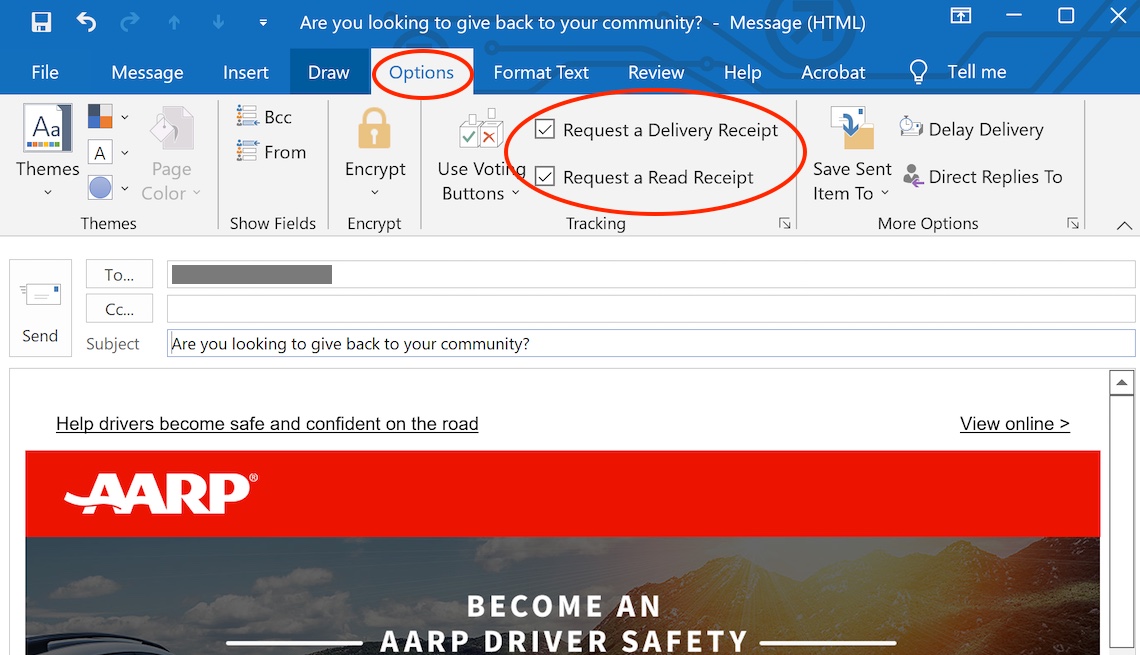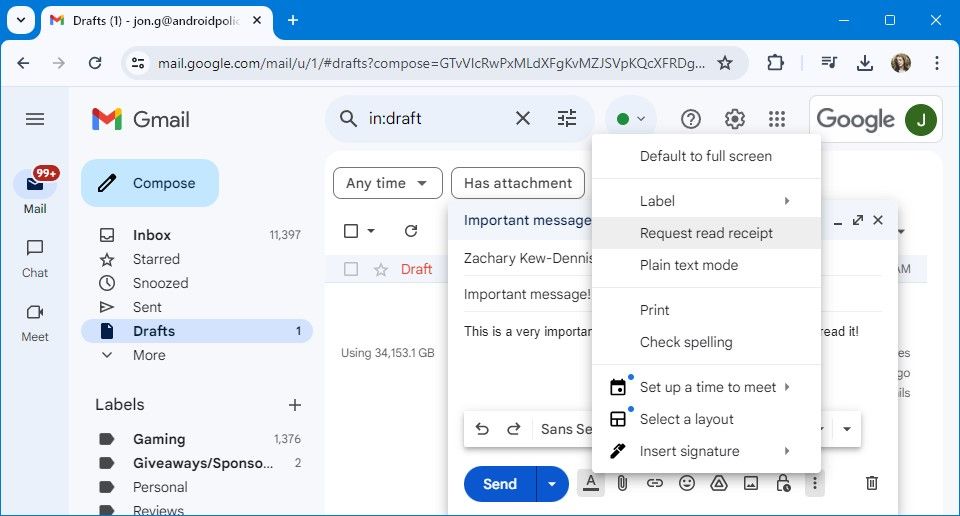How To Know If Someone Read My Email
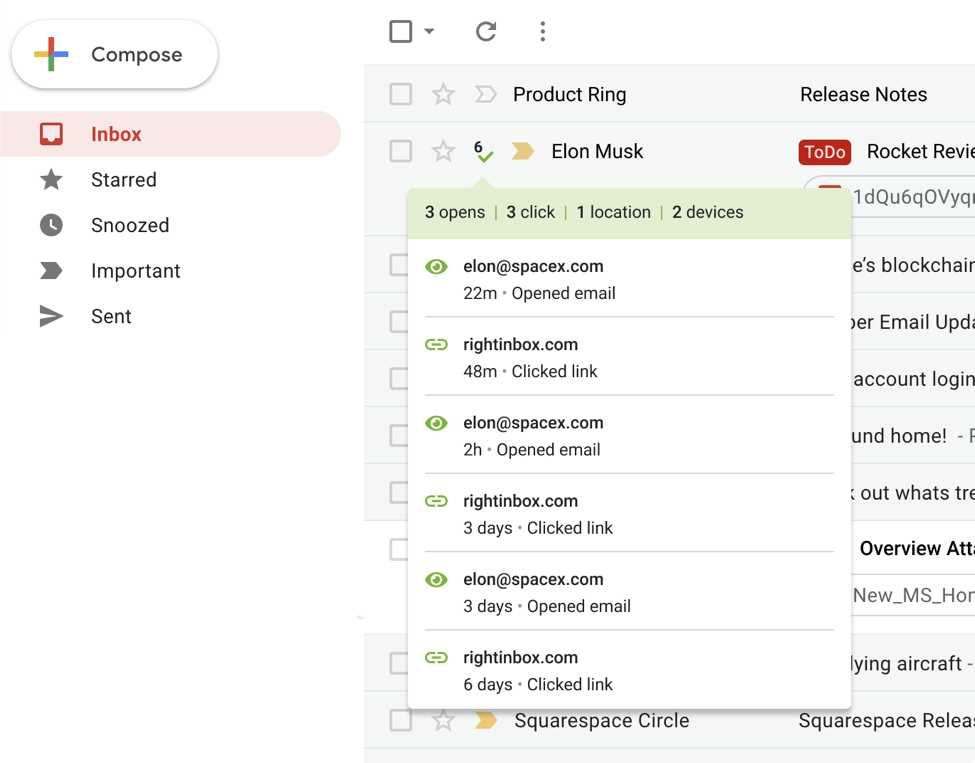
In today's digital age, email remains a primary form of communication, but a lingering question often plagues senders: Did the recipient actually read my email? The answer, unfortunately, isn't always straightforward.
This article explores the various methods, both reliable and unreliable, that individuals and businesses employ to determine if an email has been opened, examining the associated privacy implications and offering strategies for navigating this technological uncertainty.
The Elusive Read Receipt
One of the most direct approaches is requesting a read receipt. This feature, available in many email clients like Microsoft Outlook and some webmail services, sends a notification back to the sender when the recipient opens the email.
However, read receipts are far from foolproof. The recipient has the option to decline sending the receipt, rendering the request ineffective.
Furthermore, some email servers or clients may block read receipts altogether, regardless of the recipient's choice, according to a 2023 report by email security firm, Proofpoint.
Tracking Pixels: A Controversial Technique
A more surreptitious method involves using tracking pixels, tiny, often invisible images embedded within the email's HTML code. When the recipient opens the email and their email client loads images, the pixel is downloaded from a server, notifying the sender that the email has been opened.
These pixels can also potentially collect information about the recipient's location and the type of device used to open the email. This practice raises significant privacy concerns, as recipients may be unaware that they are being tracked.
The Electronic Frontier Foundation (EFF) has long criticized the use of tracking pixels, advocating for stronger privacy protections and greater transparency in email communication.
Email Marketing Platforms and Analytics
Businesses and marketers often rely on sophisticated email marketing platforms like Mailchimp or Constant Contact to track email engagement. These platforms provide detailed analytics, including open rates, click-through rates, and bounce rates.
While these platforms offer valuable insights into campaign performance, they also rely on tracking pixels or similar technologies to gather data. This data is typically aggregated and anonymized, but the underlying tracking mechanism remains the same.
According to a 2024 survey by HubSpot, open rates vary significantly depending on industry and email content, making it difficult to draw definitive conclusions about individual email engagement based solely on these metrics.
Limitations and Best Practices
It's important to acknowledge the inherent limitations of all email tracking methods. Many email clients and privacy extensions block images by default, preventing tracking pixels from functioning.
Recipients can also disable HTML email rendering, further thwarting tracking efforts. Relying solely on technological methods to determine if an email was read can therefore be misleading.
A more reliable approach is to incorporate clear calls to action within the email that require a response from the recipient. If a response is crucial, consider following up with a phone call or other form of communication.
Ultimately, building trust and fostering open communication is more effective than relying on potentially intrusive tracking methods. Respecting recipient privacy is paramount in maintaining positive relationships.
While technology offers various means to track email opens, ethical considerations and the potential for inaccuracy necessitate a cautious and balanced approach.



.jpg)




